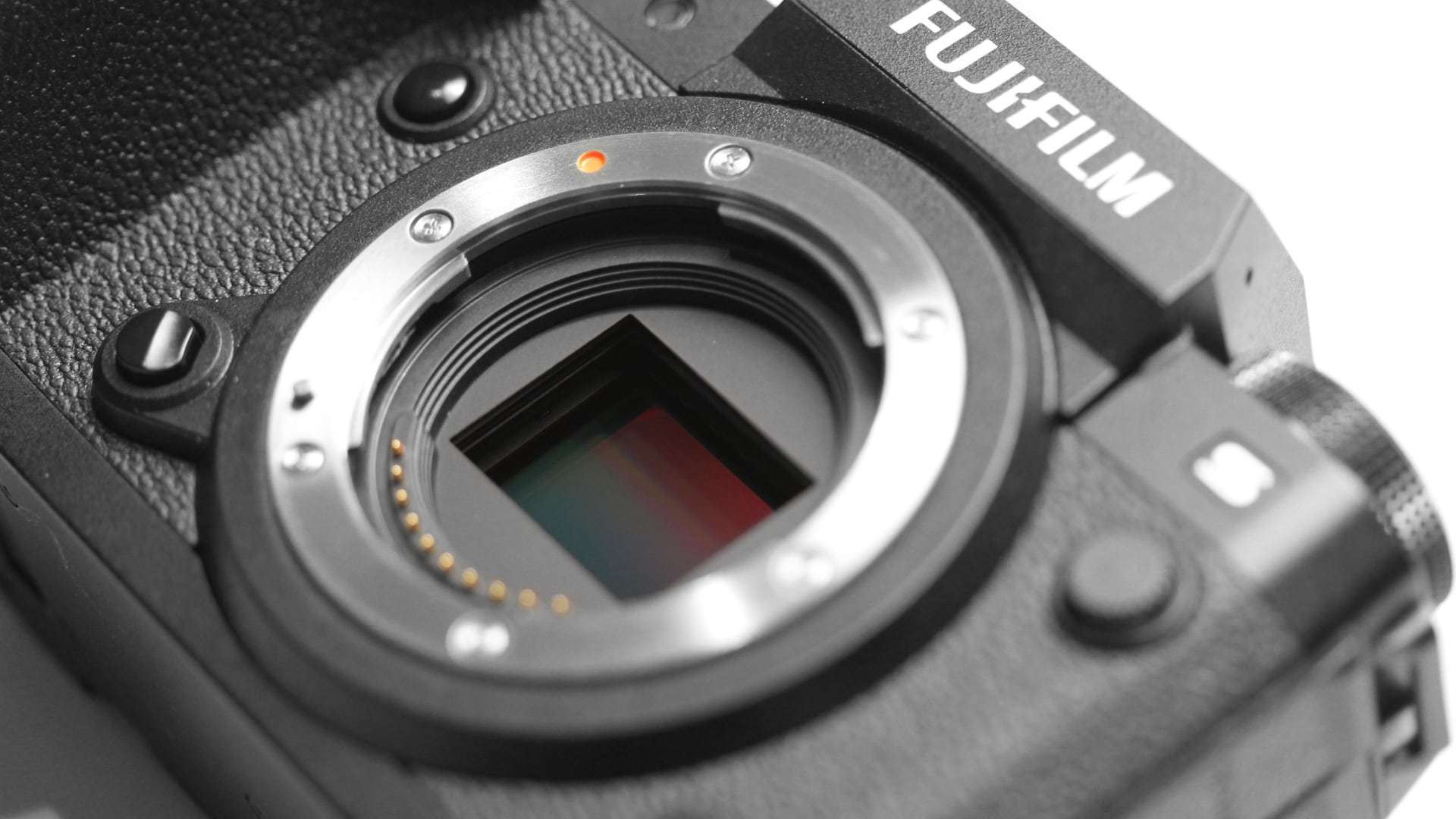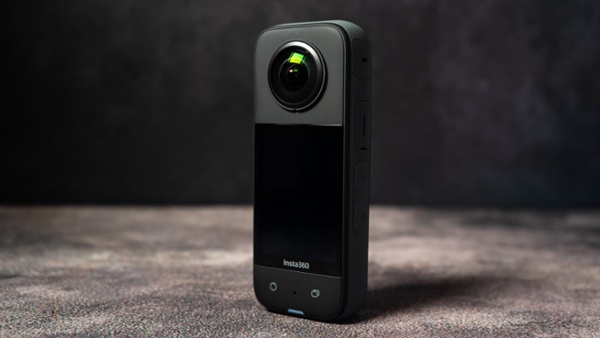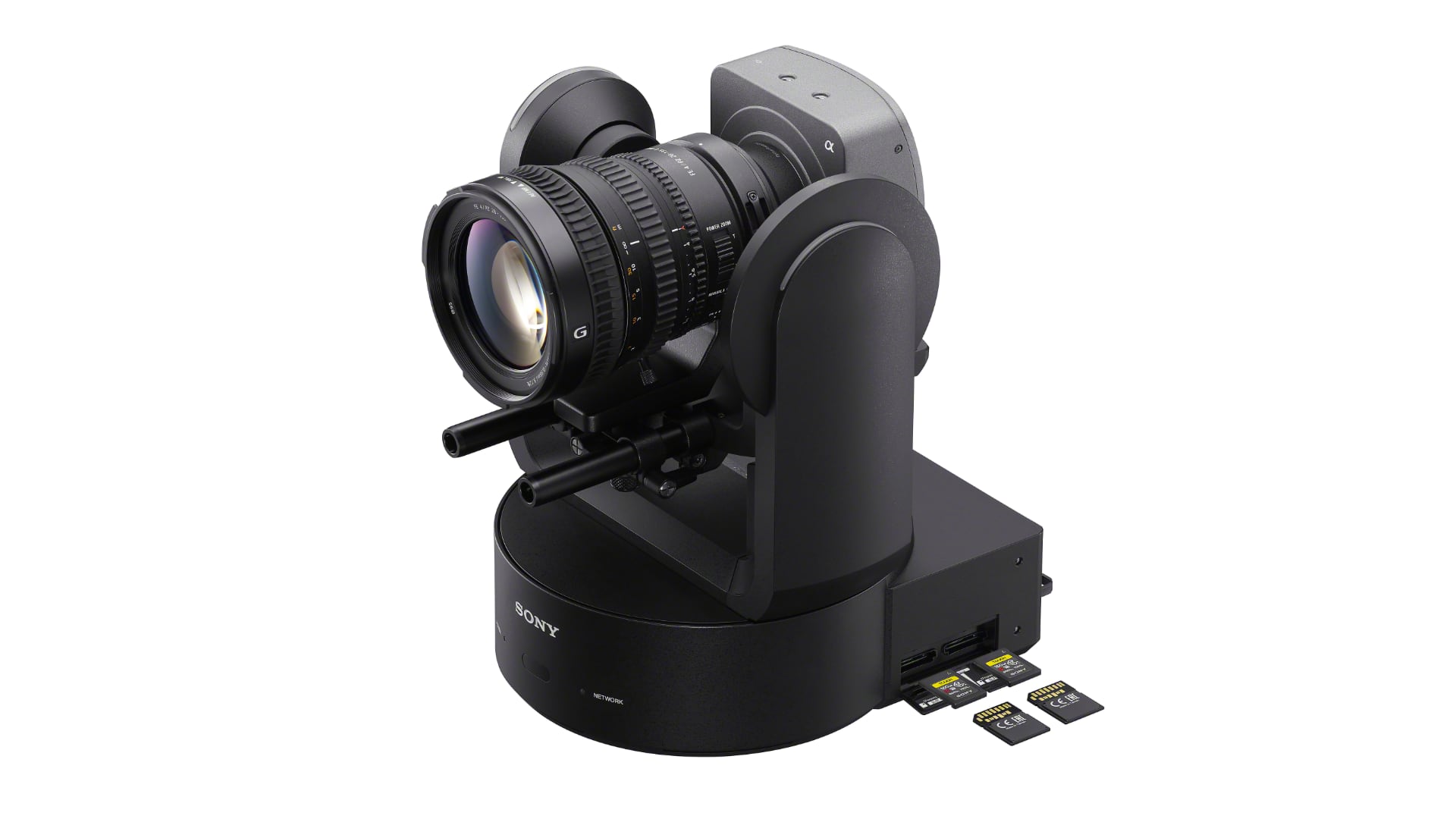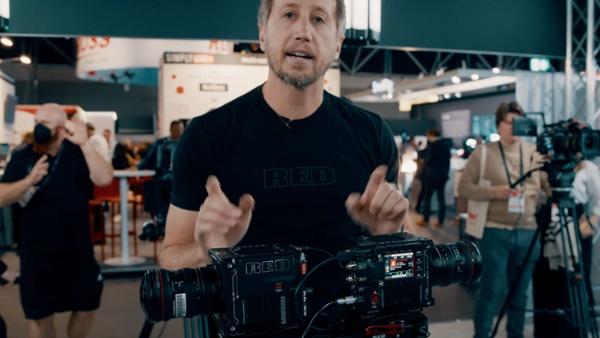
The latter quarter of the year usually brings with it a few new camera releases, and this was no exception. We got to look at Fujifilm's X-H2S and Insta360's new X3 360 camera.
It has to be said that Fujifilm really has been producing some excellent products recently. Its mirrorless cameras are capable of achieving some superb results without breaking the bank. Some may decry the lack of a full-frame sensor, but such complaints are really only worth minor acknowledgment.
The X-H2S is one of Fujifilm's flagship models, and it garnered much praise from Phil Rhodes during his time with it, saying: "It’s not so much a quart in a pint pot as an ocean-going oil tankerload of pixels in a pint pot, and the £2500 price tag, while steep for APS-C, seems somewhat justified. Cameras like this are inevitably designed to meet an anticipated market, to meet competitors the company reasonably expects to exist at the time of release. If the X-H2S represents Fujifilm’s estimation of what it needed to do well in the mid-2022 market, well, it was clearly expecting the mid-2022 market to be full of very competitive technology."
Read Fujifilm X-H2S reviewed: a lot of camera for the money.
The key technologies that enabled vfx to go remote

Ever since the Covid pandemic hit the world like a sledgehammer, remote working has become the norm rather than the exception. One of the greatest advances in the film and visual production industry is that we can now work collaboratively across the world, even when the data requirements are vast.
Andy Stout covered the phenomenon in detail, illustrating how some of the biggest VFX sequences in recent movies were constructed using entirely remote workflows.
"Several companies were already ahead of the game with remote when Covid hit. Having a distributed workforce saves costs on office space; saves costs on rendering by being able to move to other cloud geographies (up to 20% in some cases); enables you to crew up rapidly and readily bring in a freelance workforce; and lets you compete firmly on the global stage, even being able to follow the sun and offer a 24/7 service."
Read The key technologies that enabled vfx to go remote.
Insta360 X3 review

Insta360 has demonstrated itself to be one of the most innovative camera manufacturers out there. It's best known for its action cameras such as the ONE RS and GO 2, but it also produces some of the only professional 360 cameras on the market as well.
One camera that has become popular is the company's X series of 360 devices. With a narrow body ensuring good stitching of the 360 viewport, it's become a useful staple of any 360 video enthusiast. While the X2 brought full waterproofing to the series, the X3 ups the anti with much larger 1/2" sensors, bringing with it a very useful improvement in image quality. The X3 followed on from the company's ONE RS 1-inch 360 Mod release earlier in the year, showing that the demand for these cameras is still very much on the up.
Read Insta360 X3 review: How one of the most popular 360 cameras just keeps getting better.
The Sony FR7 - a Sony FX6 in a PTZ body

Another one of the more interesting developments that came forth was the Sony FR7. It was highly unusual in that it placed a full-frame sensor in a PTZ style camera body. In fact it was the world's first PTZ camera with a full-frame sensor and fully interchangeable lenses.
Why create such a thing? Well, a PTZ camera can be mounted in places that ordinary cameras simply can't. Plus they are operated remotely, so they negate the need for a camera op to be physically in the location, too. There's a huge array of uses for such things, from hidden wildlife cameras, to clever studio placement for cooking and other live shows.
Read The new Sony FR7 - a Sony FX6 in a PTZ body.
Video exclusive: RED demos realtime 8K60 streaming

IBC was upon us in September and it brought with it an exclusive demonstration of realtime 8K60 streaming from RED.
In a video made for RedShark, RED's VP of Product Management, Jeff Goodman, took us through a full demo. It's pretty mind boggling stuff, Jeff told us, "“What you’re seeing here is a USB-C to Ethernet adaptor with an Ethernet cable plug in,” he says. “What is happening over that IP connection is that we’re streaming R3D from the camera. In the demo we’re showing right now we’re streaming 8K60 from the camera in full R3D quality, so that’s uncompressed raw 16-bit imagery in 8K, from the camera to a CCU. At the CCU we’re processing that using Nvidia GPUs in realtime, and that allows you to broadcast 8K60 16-bit in realtime."
And that's only for starters. Wait until you see the realtime VR streamed to an Oculus headset.
Tags: Technology Production


Comments